Inclusive Transport
Mobility is one of the basic needs of an urban dweller. We hear many prejudices about transport in the city: that we cannot bike in hilly cities and that it is expensive to create a good transit system and so on.
However, if we take a look at the numbers, we can make quite opposite assumptions. Let’s see some facts:
Bikes on average weigh 14 kg, whereas cars weigh tons. The urban infrastructure damage caused by the bicycles can not be compared to the one caused by cars, hence the repairing costs would occur much less often. Needless to say that the bikes are cheaper than cars and riding a bike is cheaper than pumping petrol in a car. The environmental impact of bicycle is also practically inconsiderable in comparison to cars - there is only the raw materials and bike production caused pollution and energy, in comparison to the cars that are much more energy con- suming both while production and using. The same goes for these two when they served their owners and become waste.
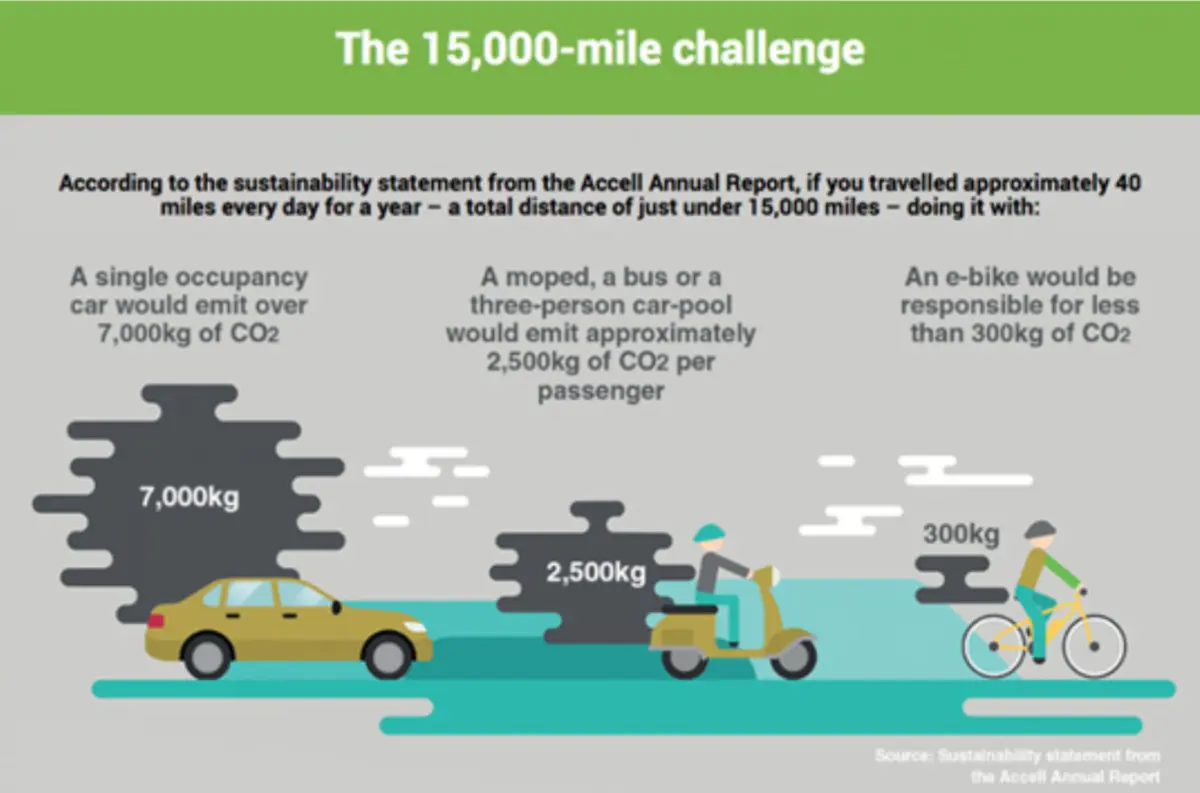
If you go on the street and observe the cars, you will realise that the majority of the cars are used by only 1 person per ride. This makes the cars extremely inefficient fossil fuel usage wise, as well as when it comes to the space allocated to them in the city. Electric bicycles are not as eco-friendly as the bicycles due to the lithium batteries, but they are of course better than cars. Electric cars are also better than regular fossil fuel powered ones, but they pose another problem - they still take as much space as regular cars. Let’s take a look at some data from the Mobility Atlas regarding the cycling in the EU:
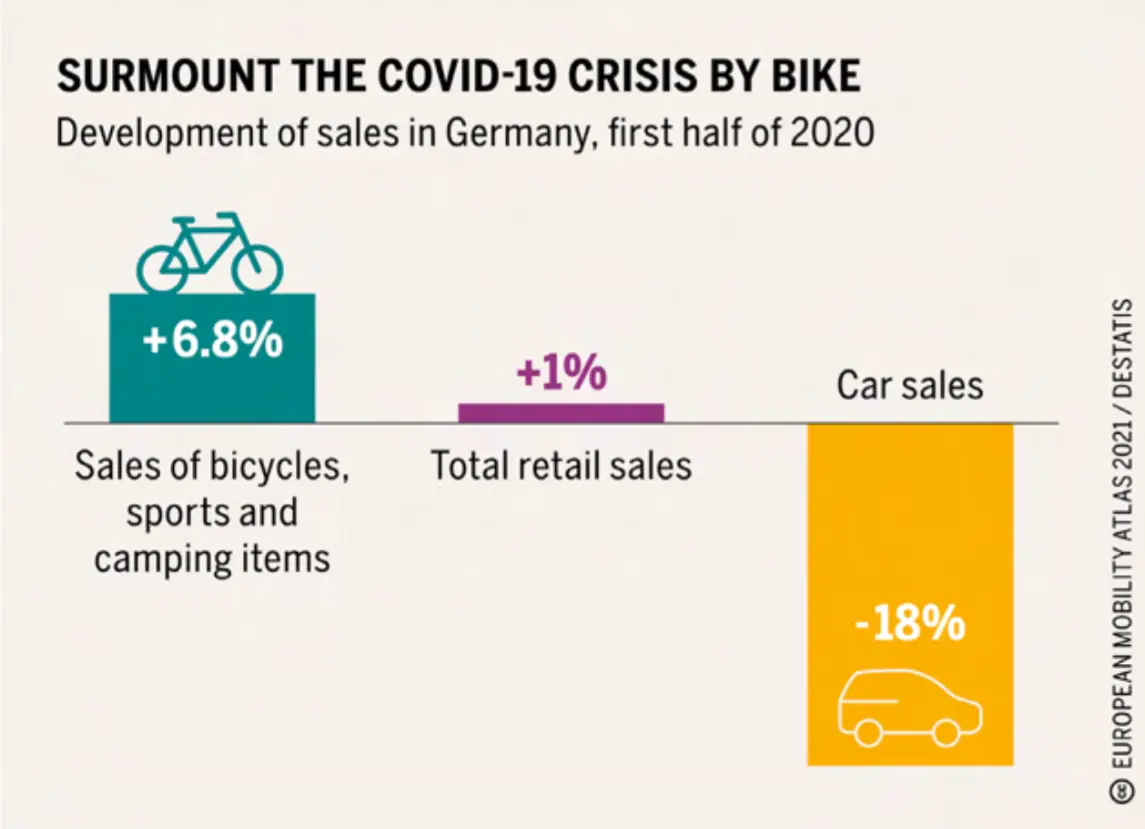
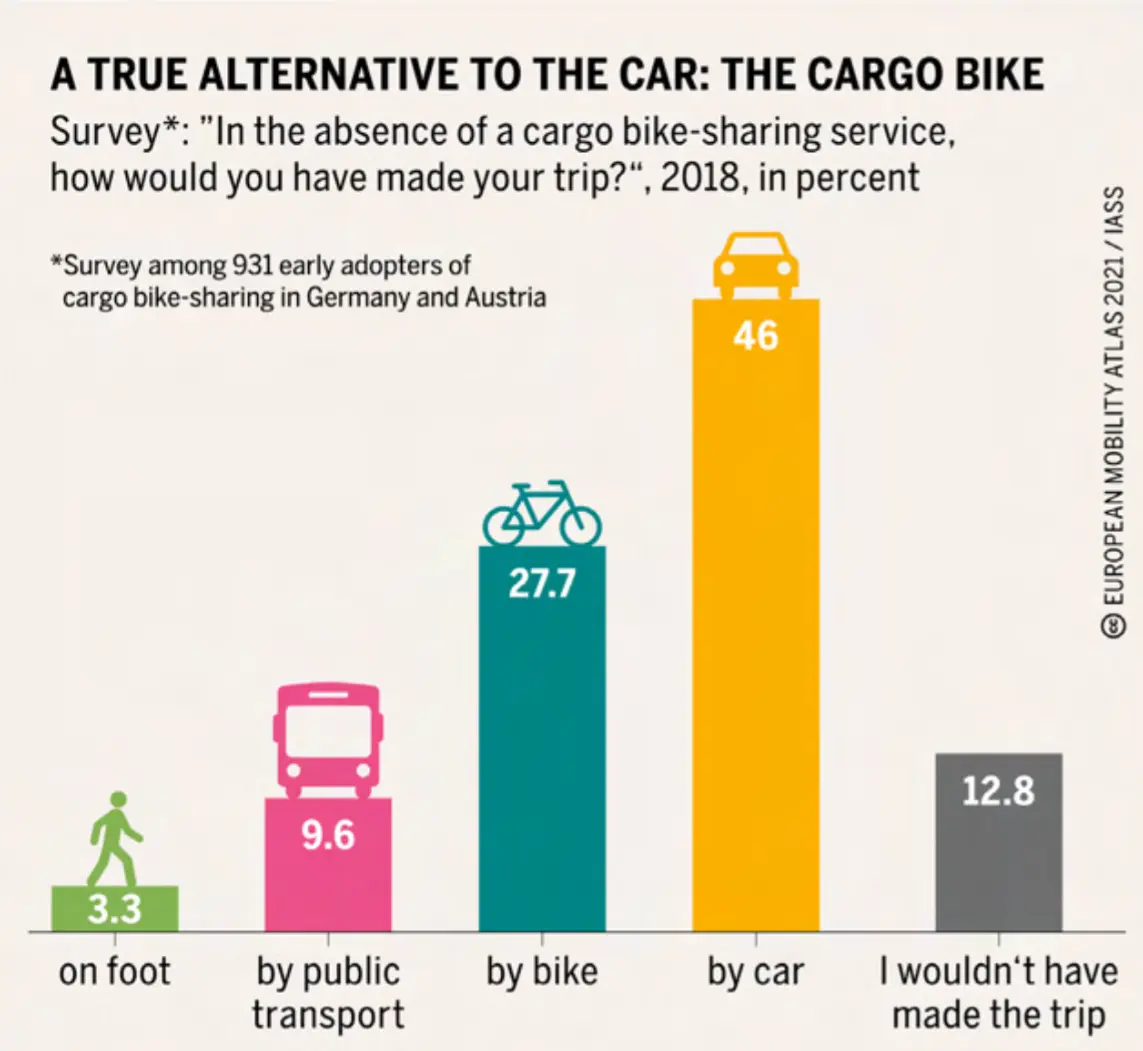
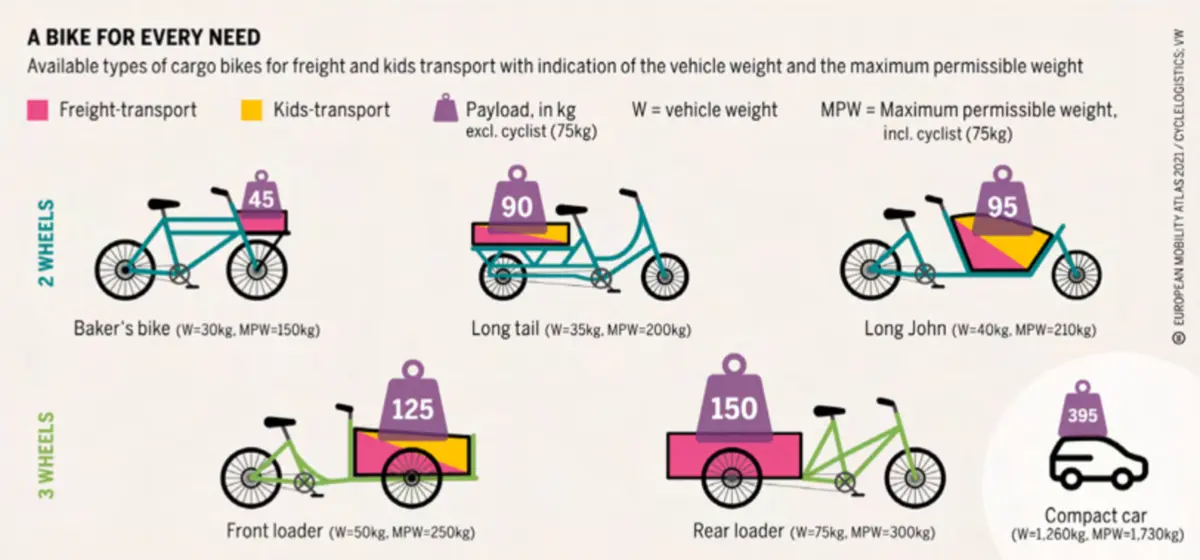
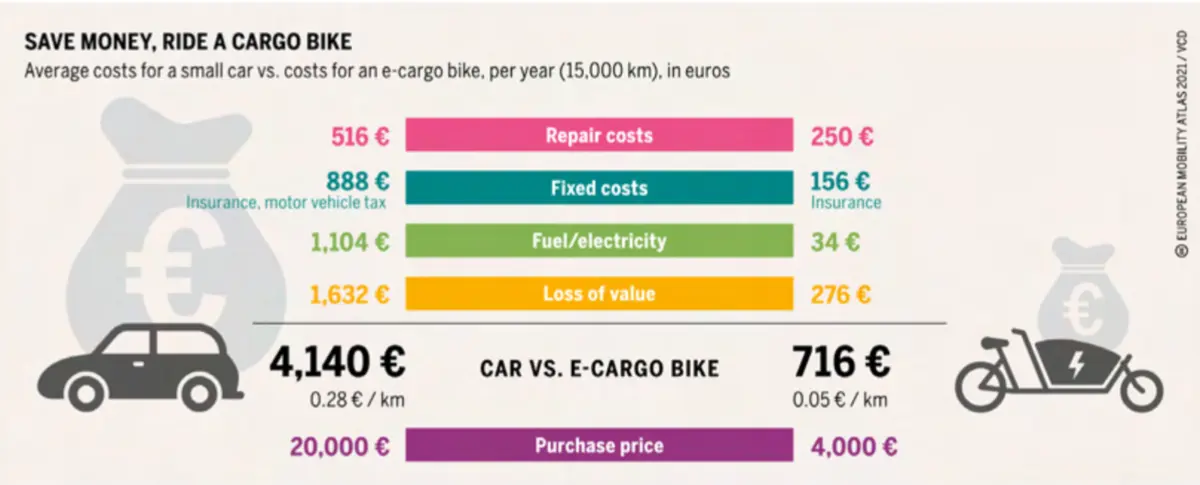
Now take a look at this infograhics that compares the bike and car usage statistics in the USA.
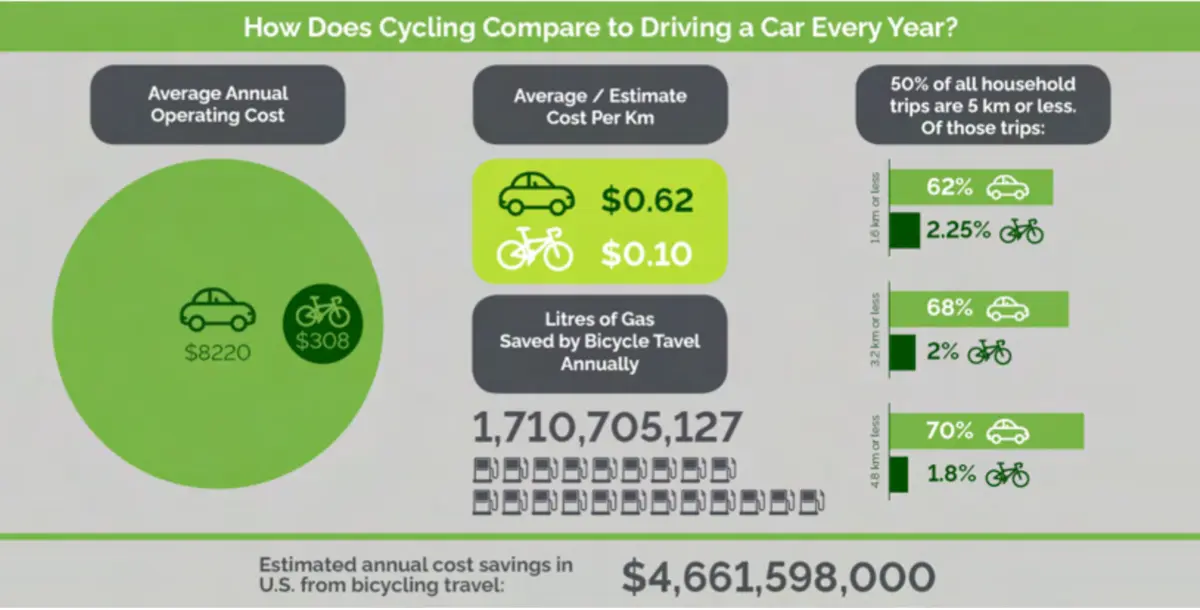
Do you want to go for an adventure with us? Go outside in a rush hour and observe the cars passing you by. See how many of them have more than 1 person in it. Now imagine, if all these people would be distributed in the public transport or bikes at that very moment at that very spot. How much space is left when the cars are away? How would you use this space? Many people assume that creating the public transport infrastructure is very expensive. And it might be in some cases. Building a metro is pretty expensive for example. However not all cities have to start with metro. Creating bike lanes separated with parking or other, more eco friendly barriers and adding buses to under-served areas can be some small steps to make the city mobility better. In addition to that, if we calculate the expenditures for cars, petrol and infra- structure, as well as the social and health benefits, it is obvious that the cities should invest in the bike and public transport infrastructure, if they want to ensure fast, clean and cheap mobility around the city.
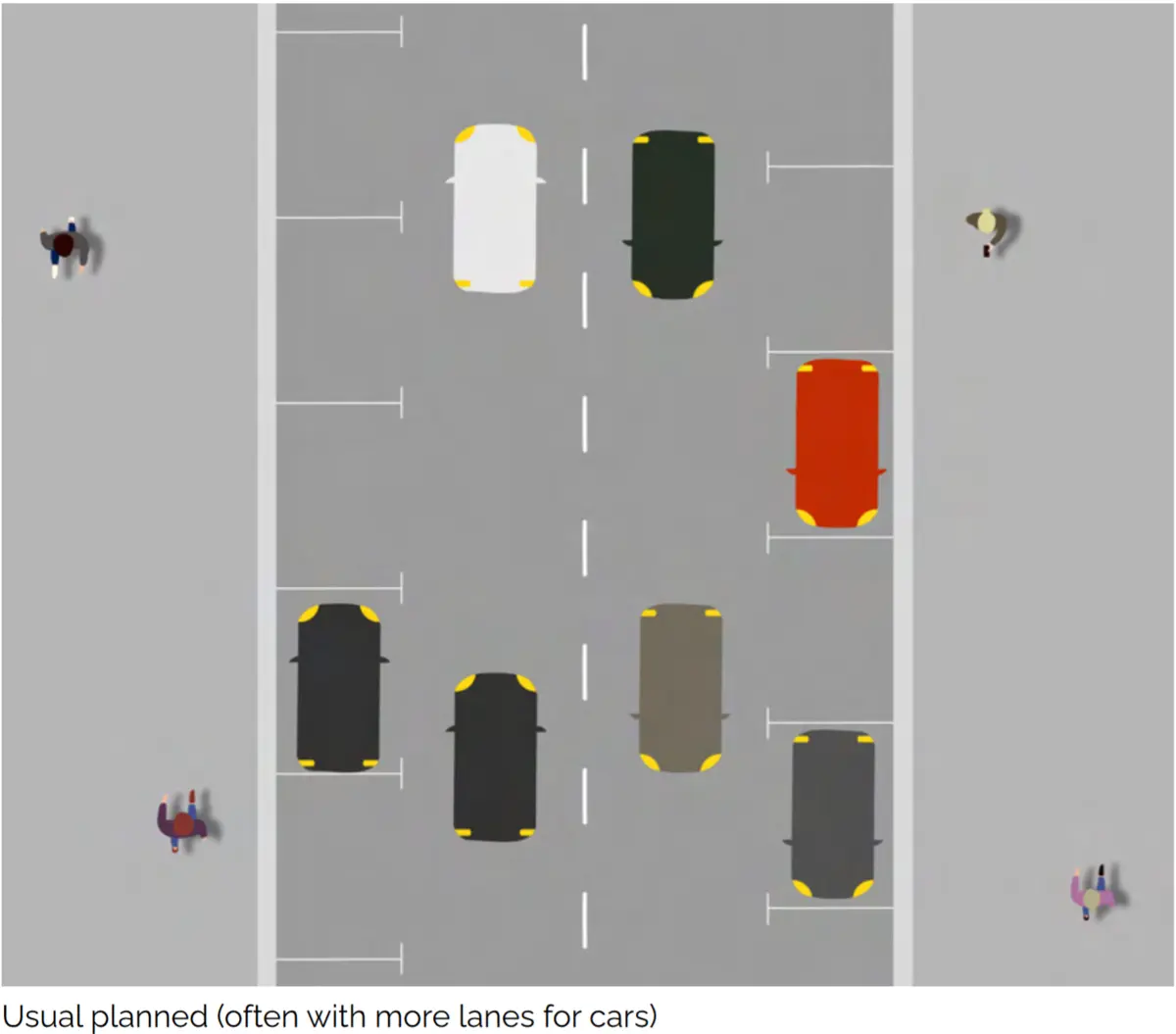


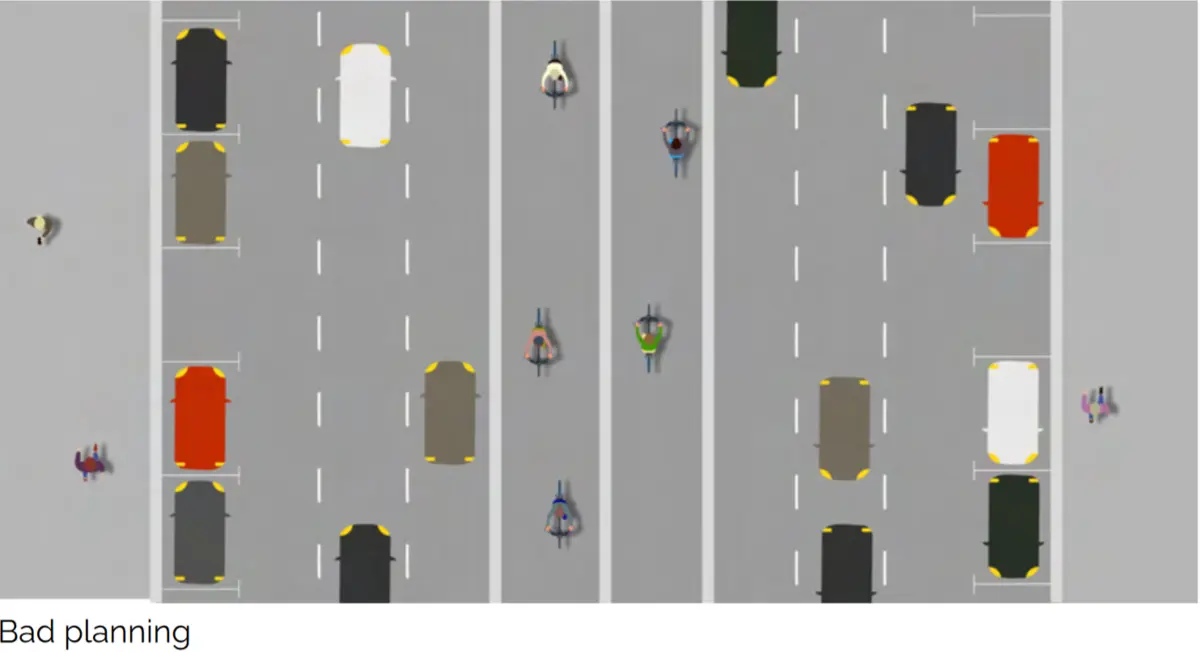
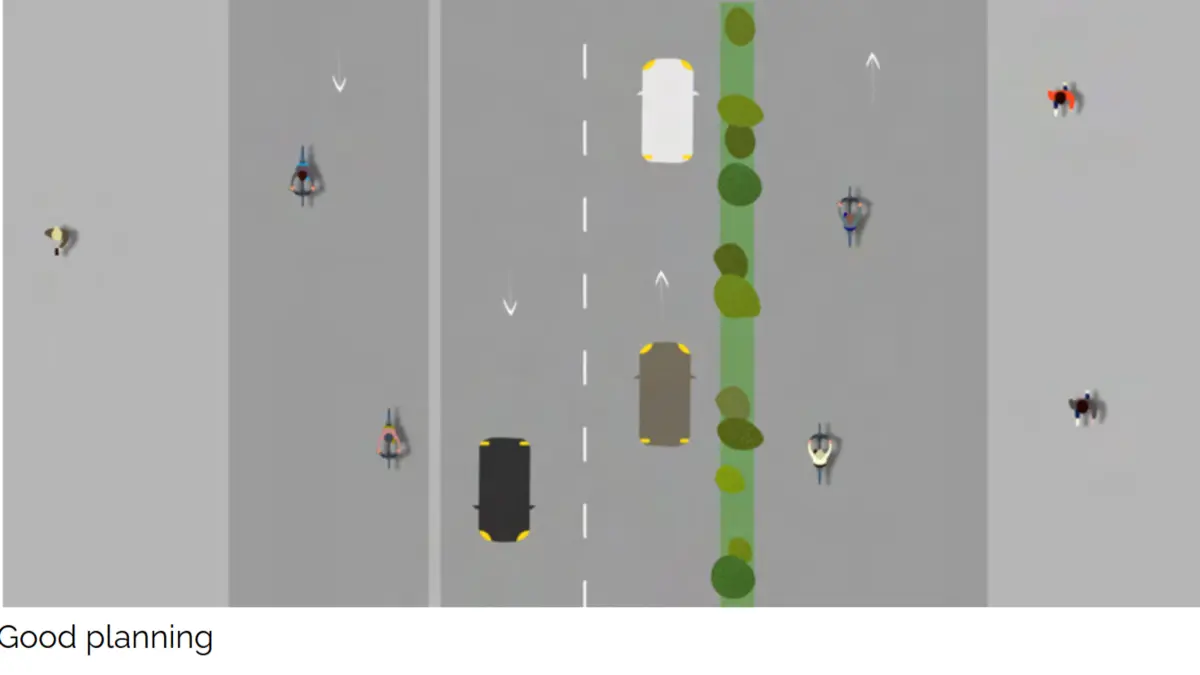
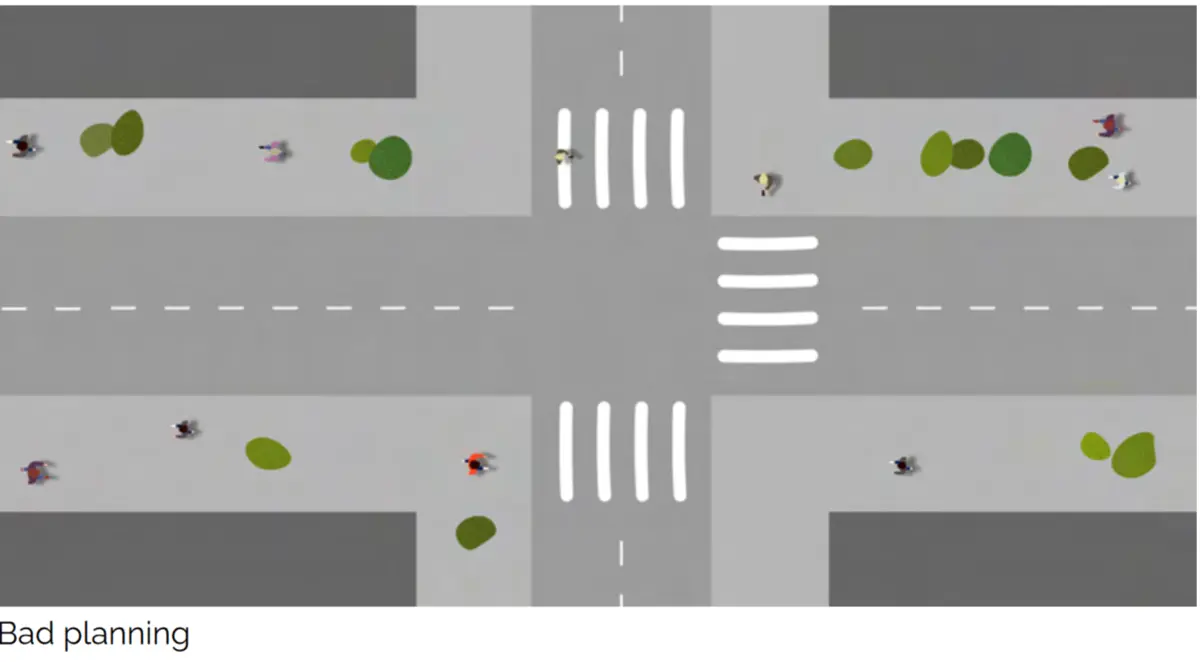
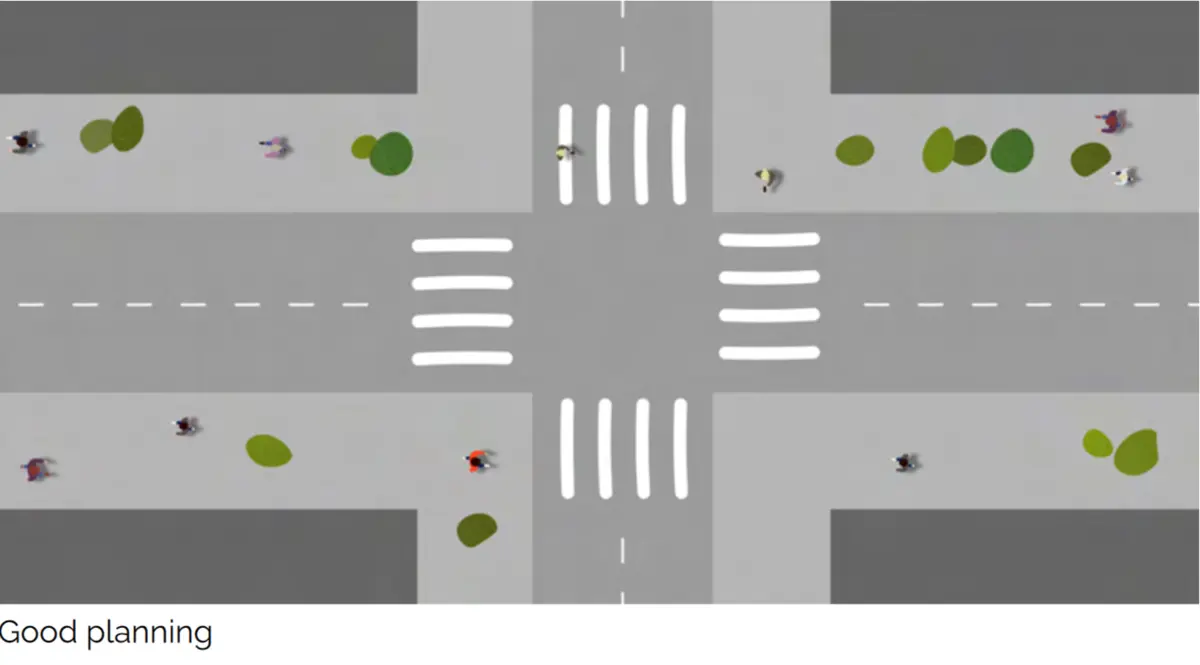
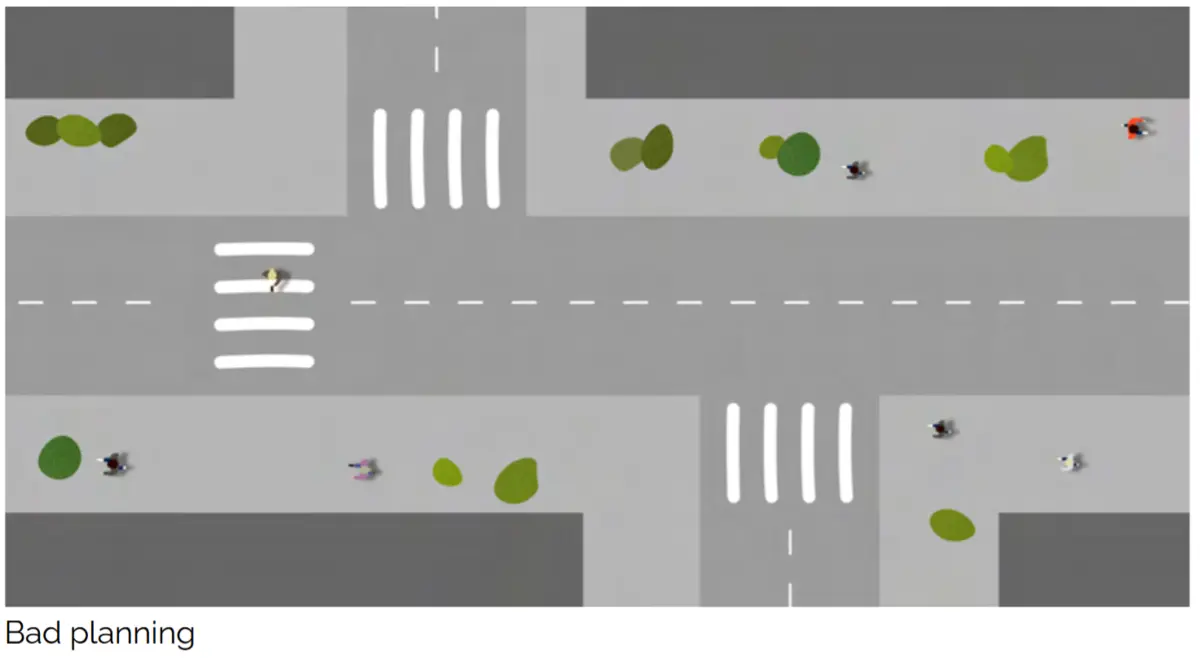
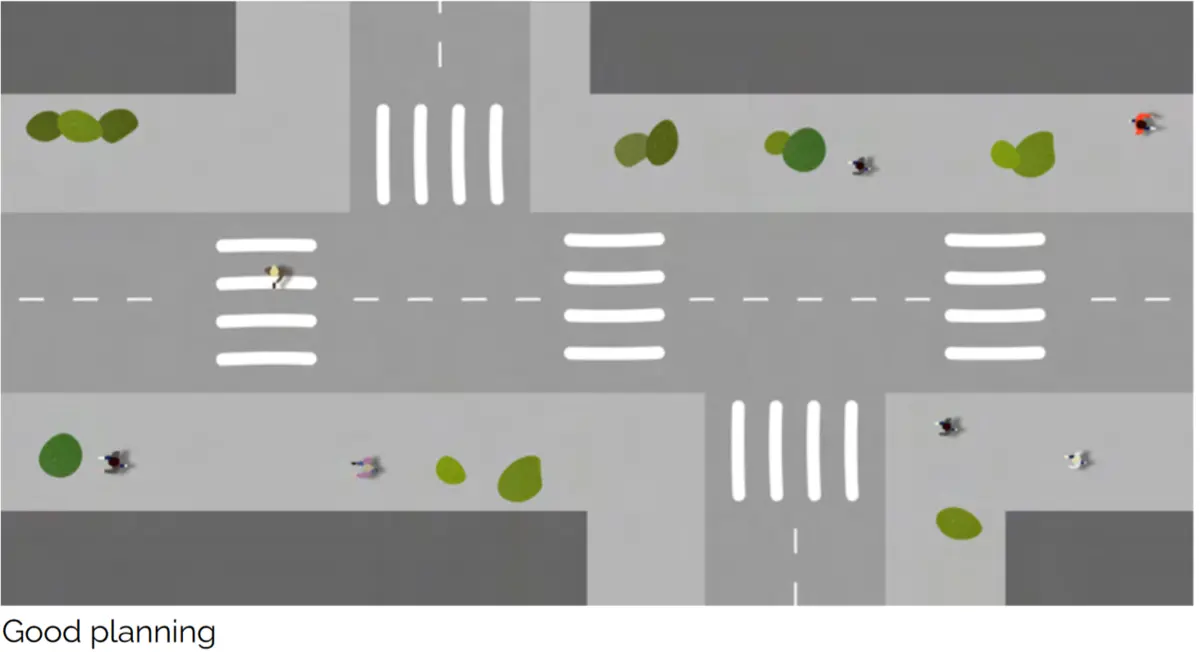
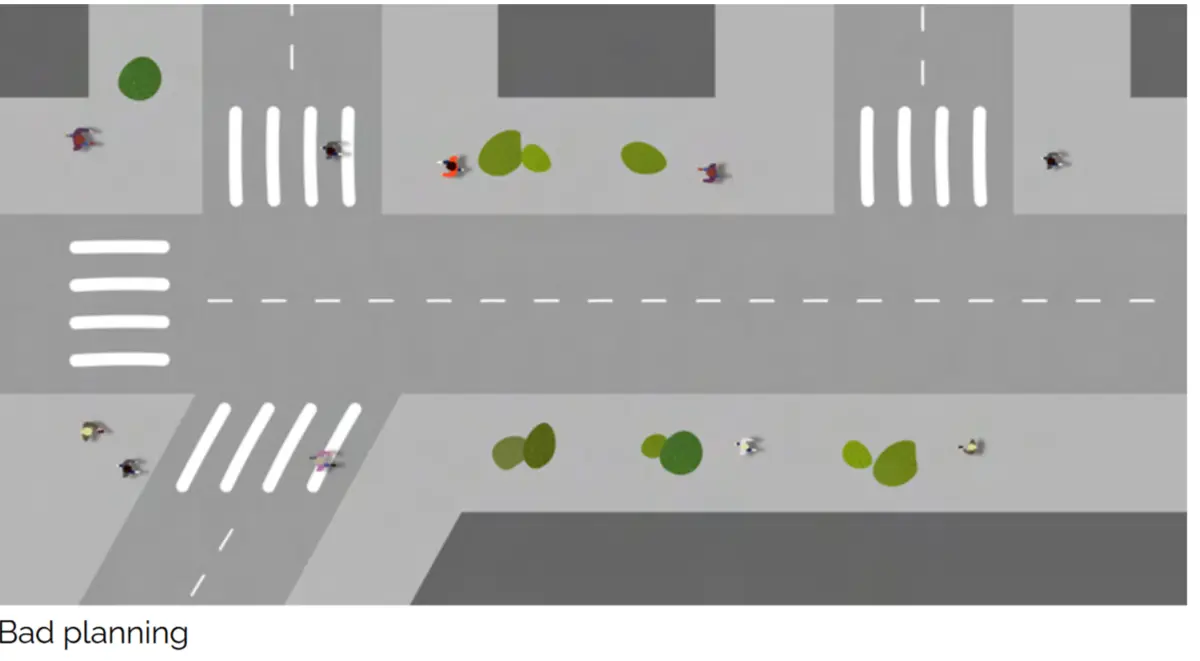
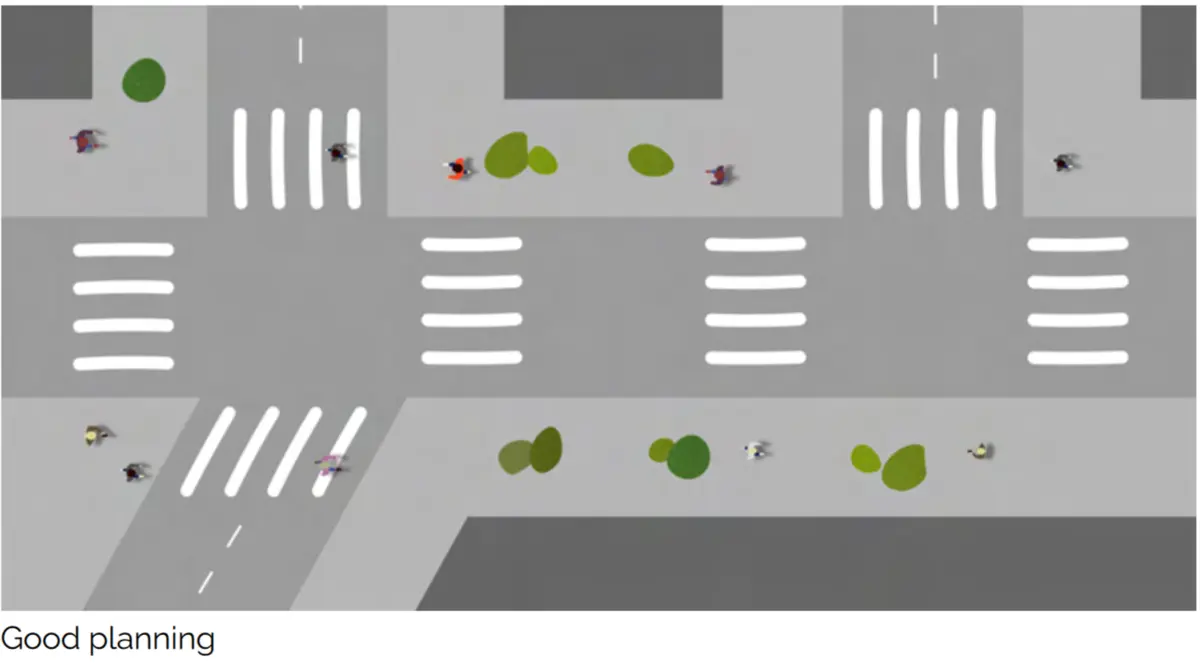
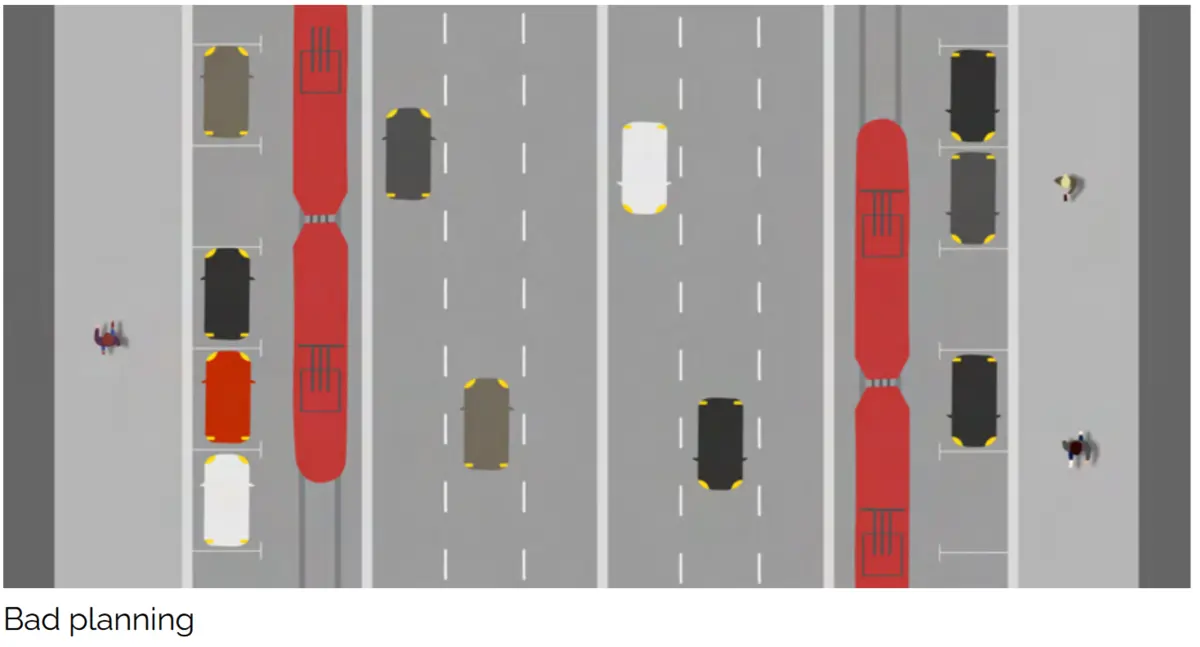
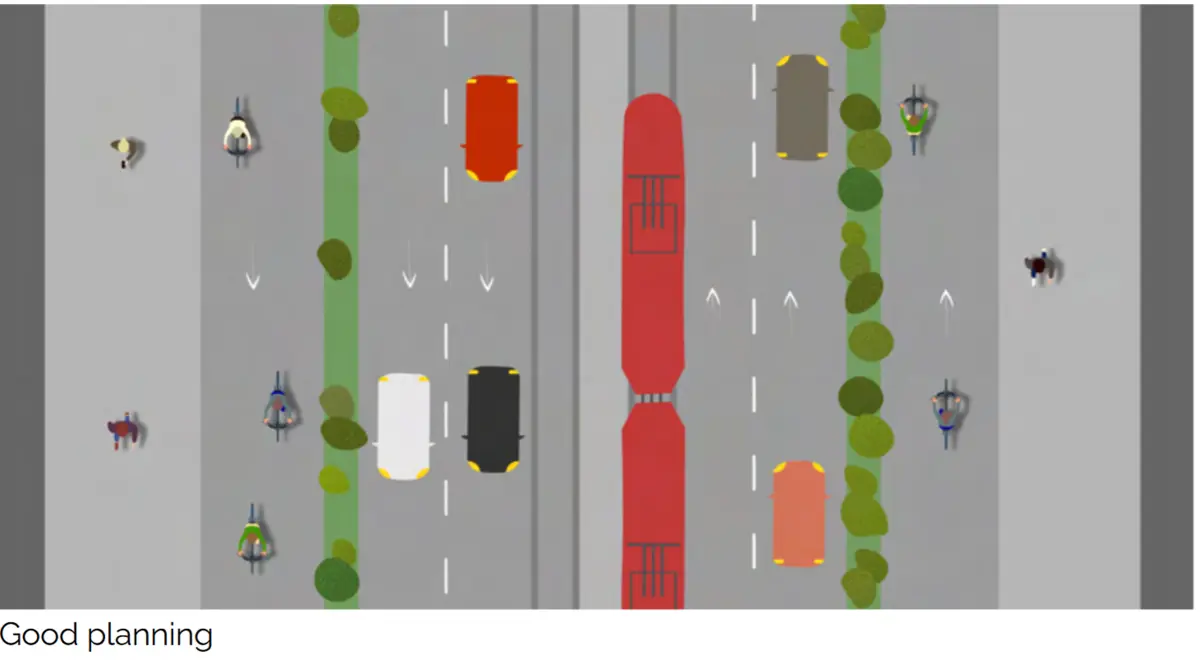
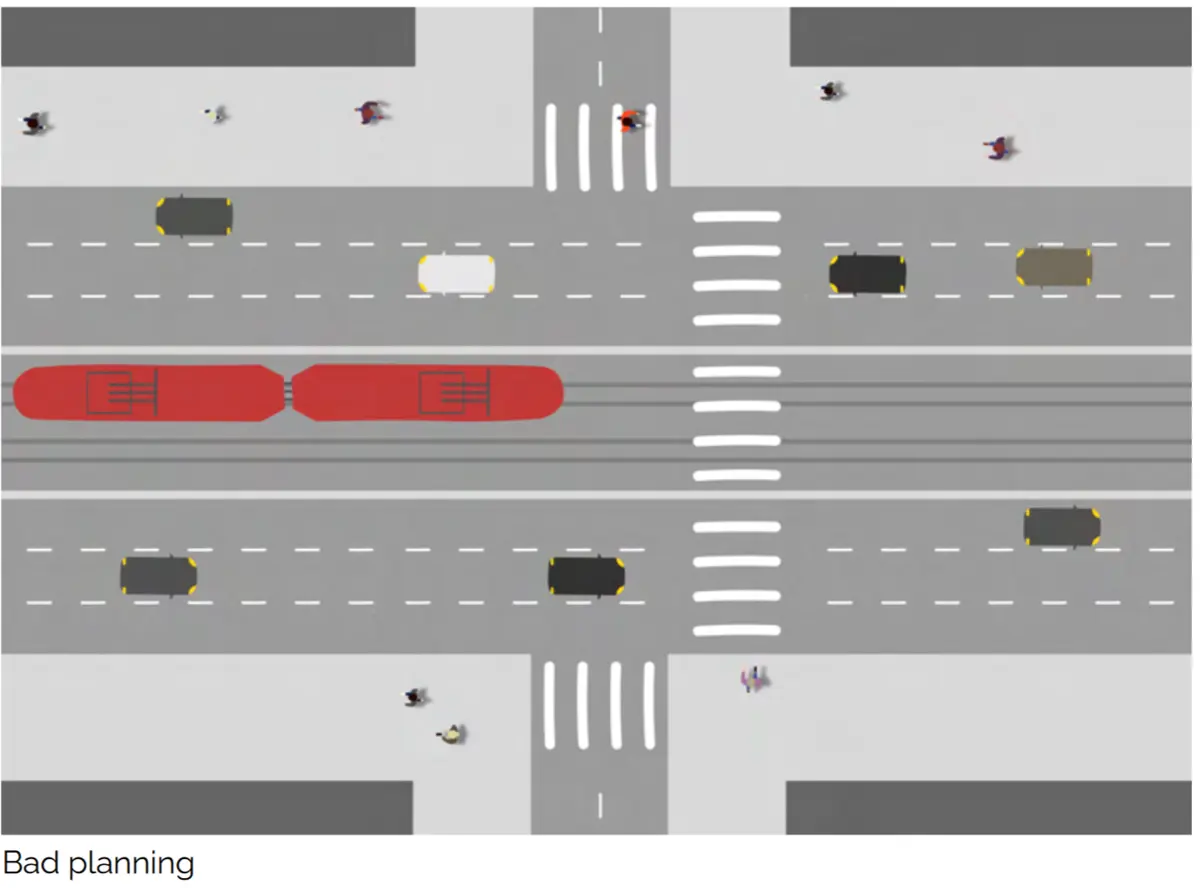
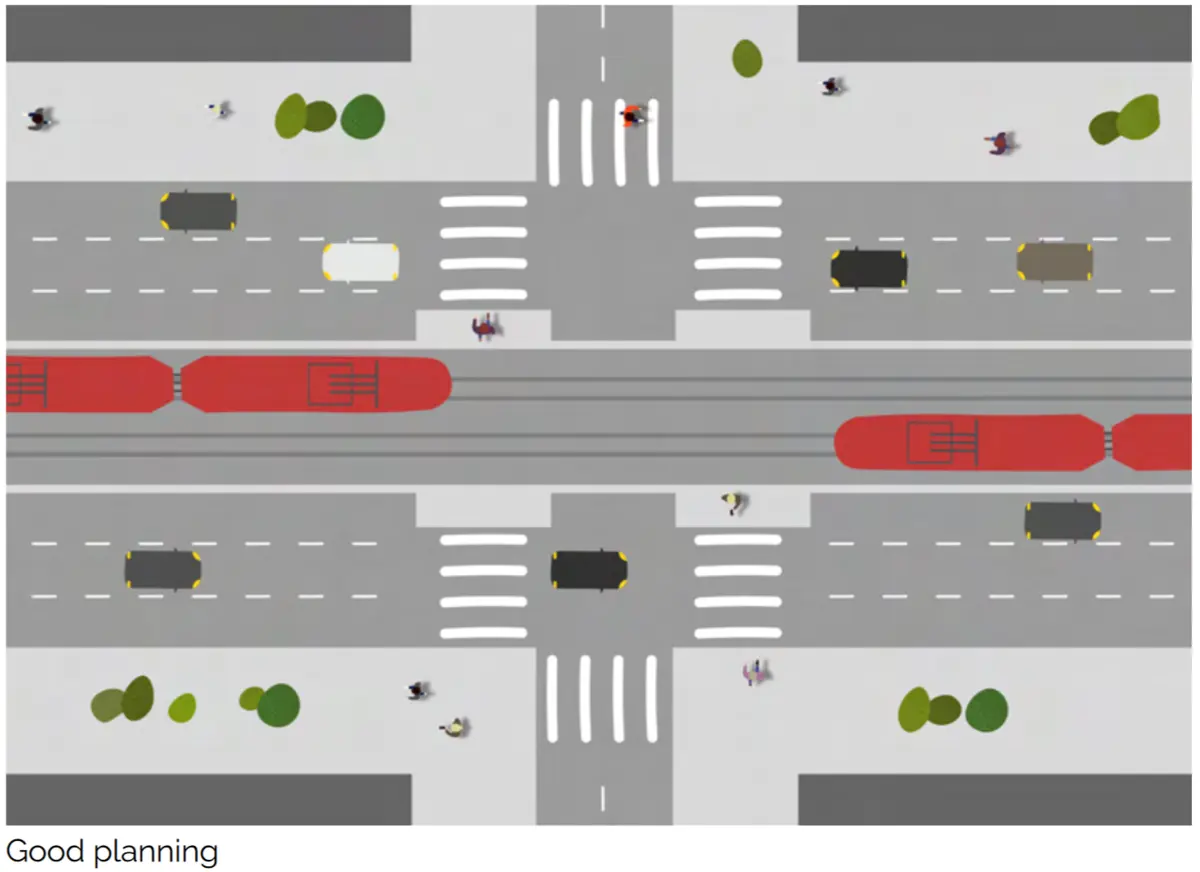
In the last 30 years most of the cities in Eastern Europe are building the multistory bridges inside the city. The more space we give to the cars, the wider the streets we have to plan. The wide streets reduce the safety, negatively affect urban human relations, change the city scale and push the city to spread more and more, thus using the space inefficiently. This kind of infrastructure also reduces the options for the pedestrians to go from one side of the street to another. You can spot the unsafe and exclusive underpasses or pedestrian bridges, all to raise the speed of the cars in the city. The good transport infrastructure will not solve the sexism and homophobia, but it will for sure make the city a bit more inclusive for the marginalised groups. Women and queer people are possessing less capital, less cars and thus, making the transport better means making the lives of Women and queer people better.
The infographics below show different kinds of infrastructure, from the most pedestrian friendly one, to the least pedestrian one:
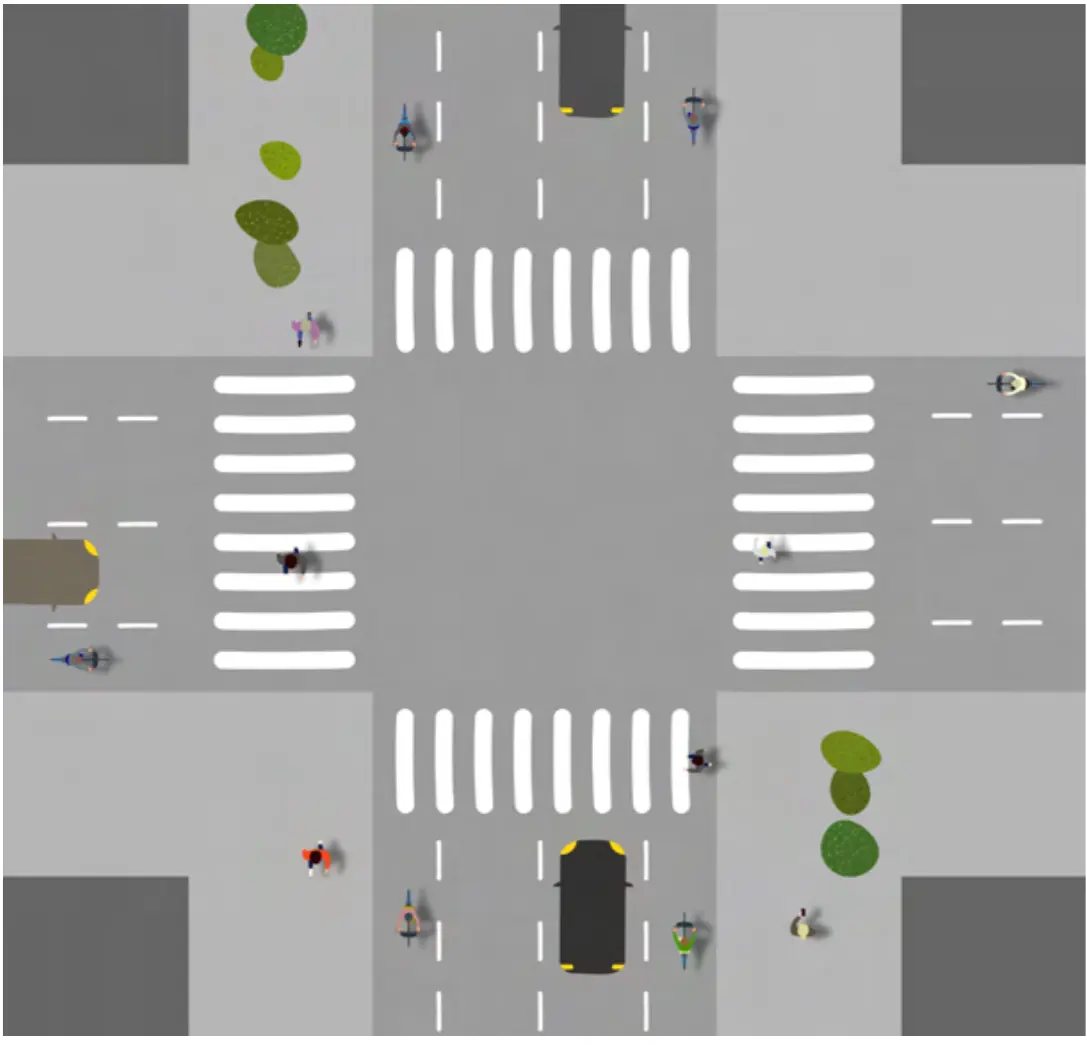
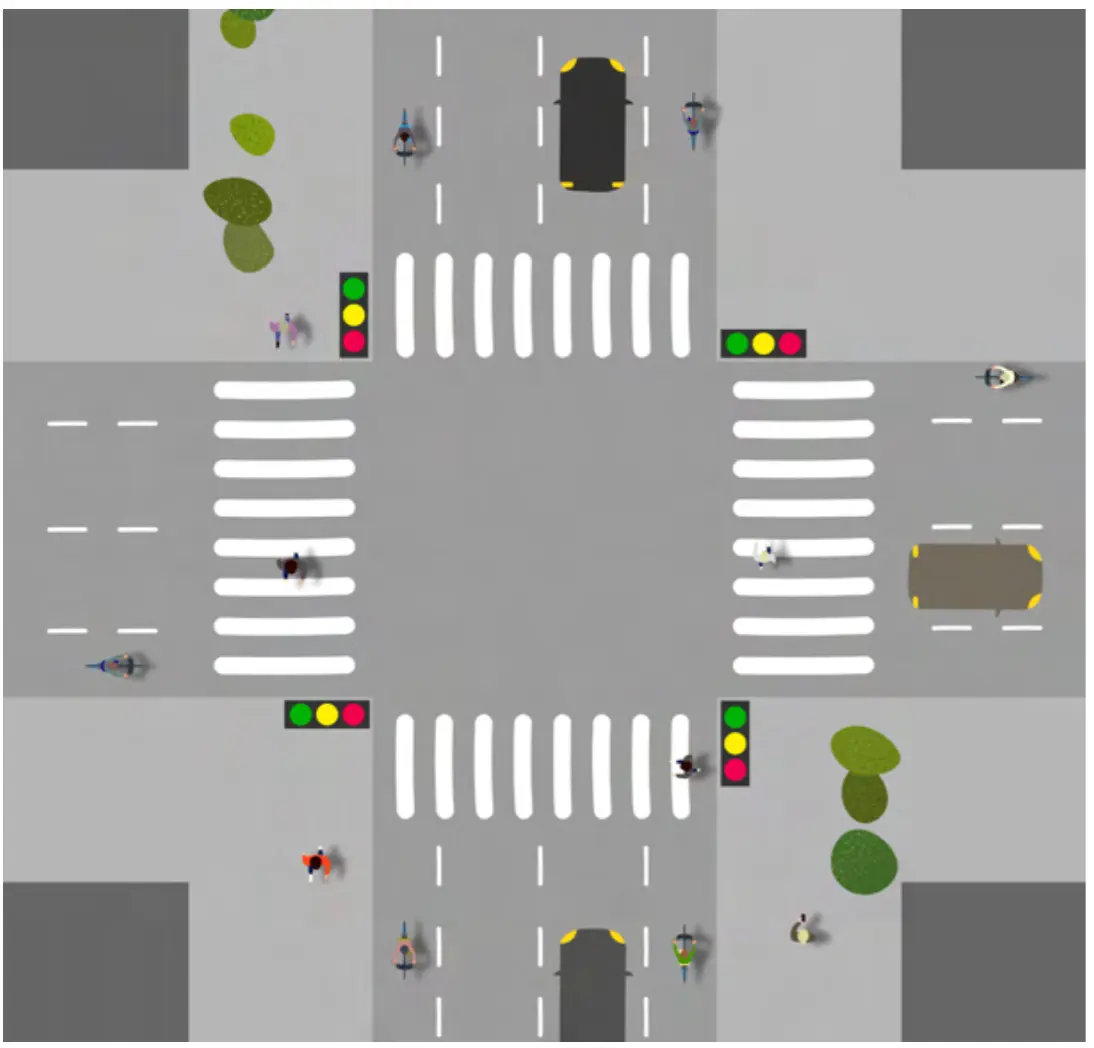
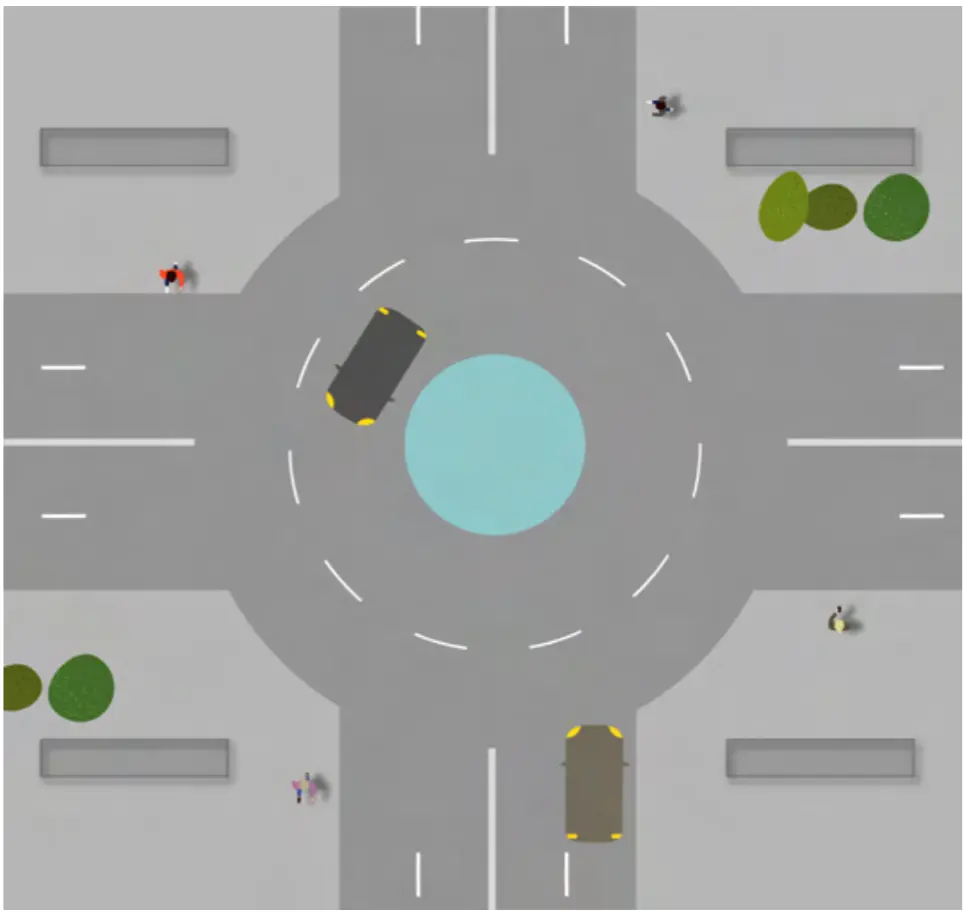
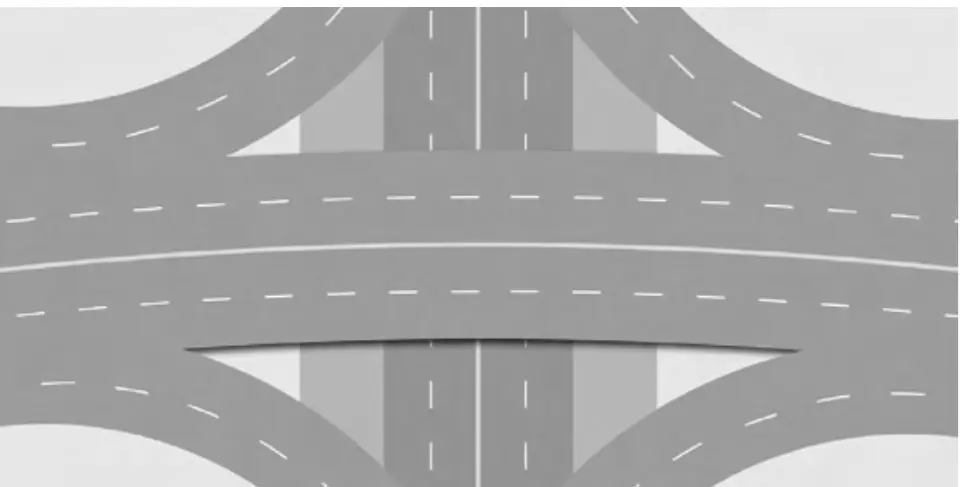
Inforgaphics developed by Lucija Gudek
This article was initially published by Cooperation and Development Network. You can read the full publication at https://www.cdnee.org/publications